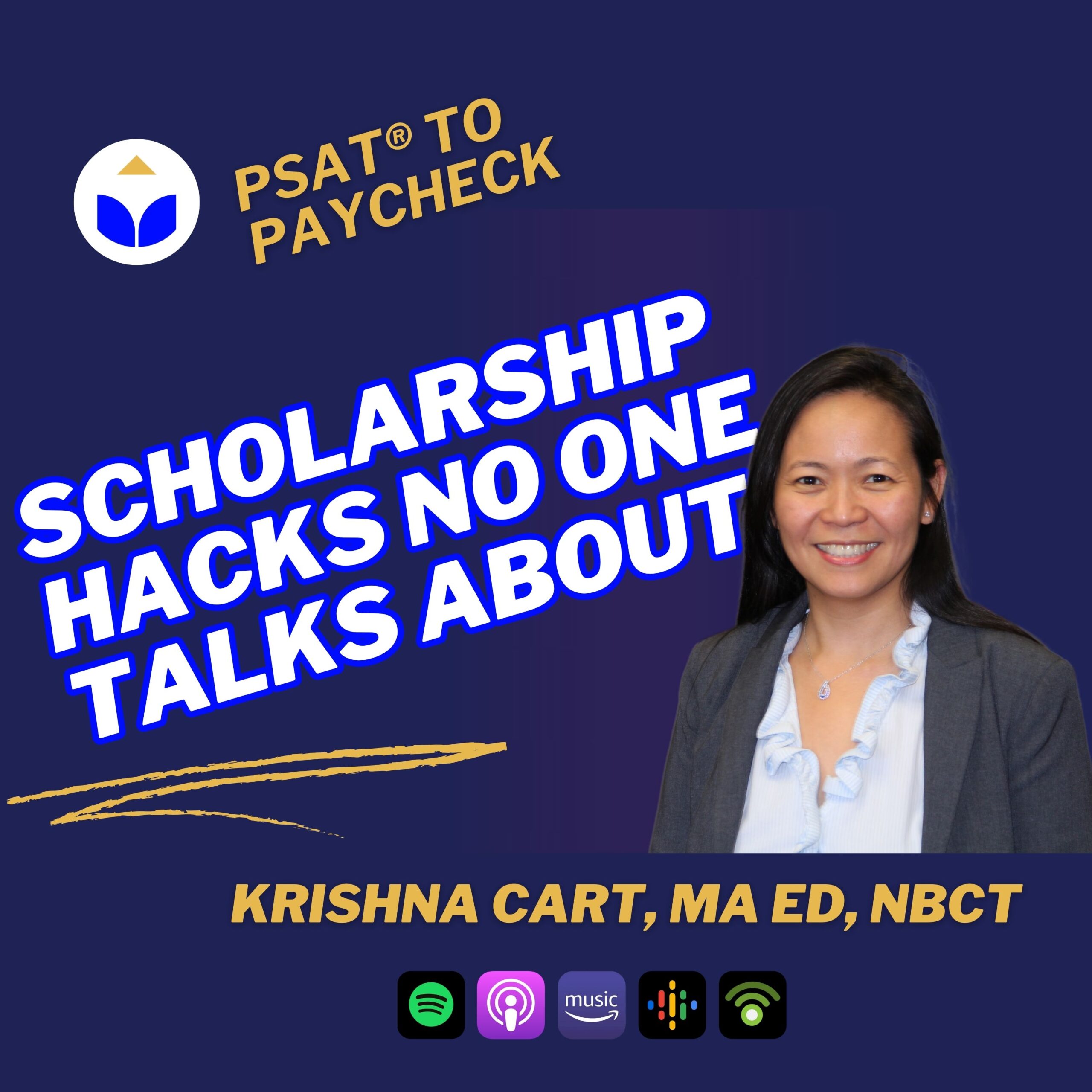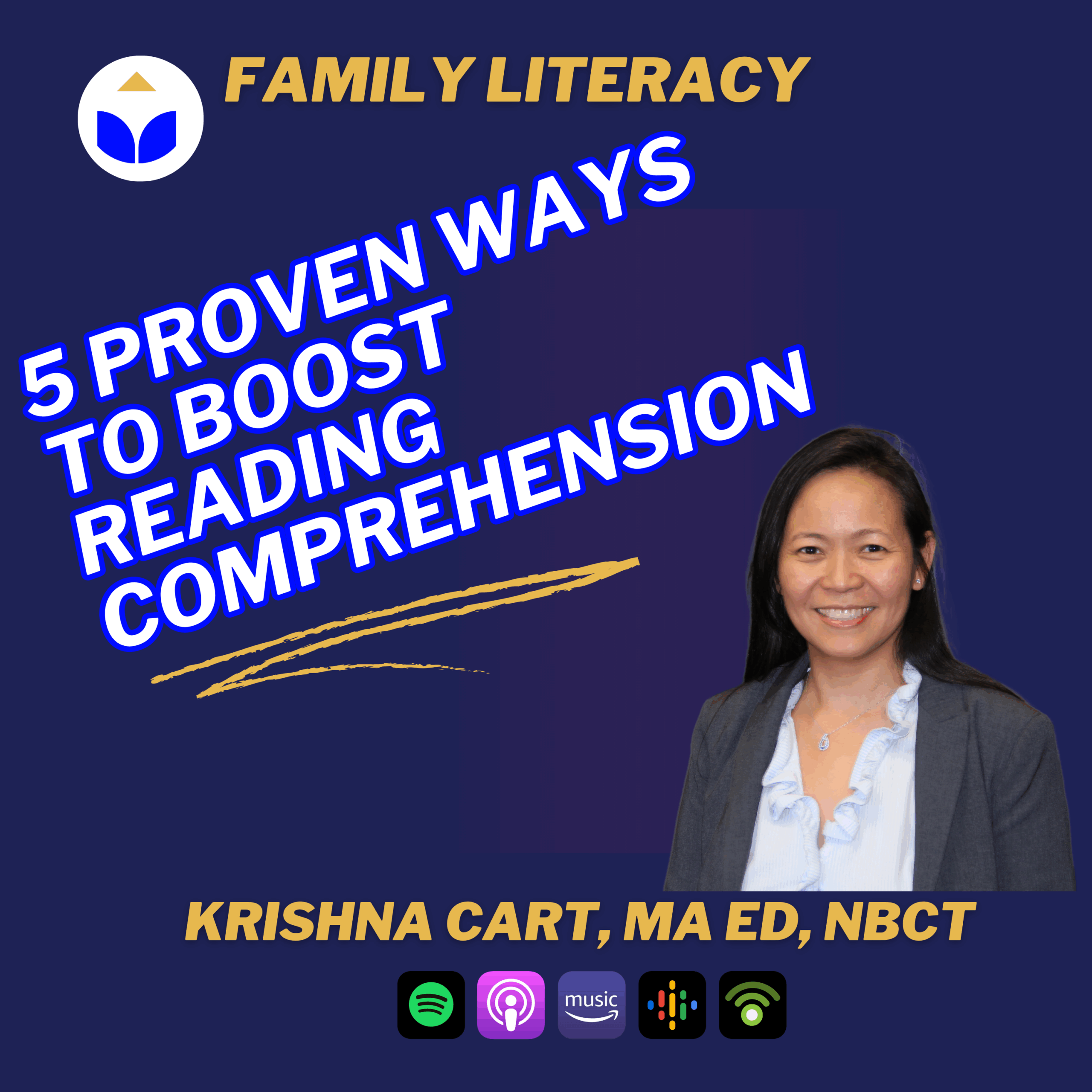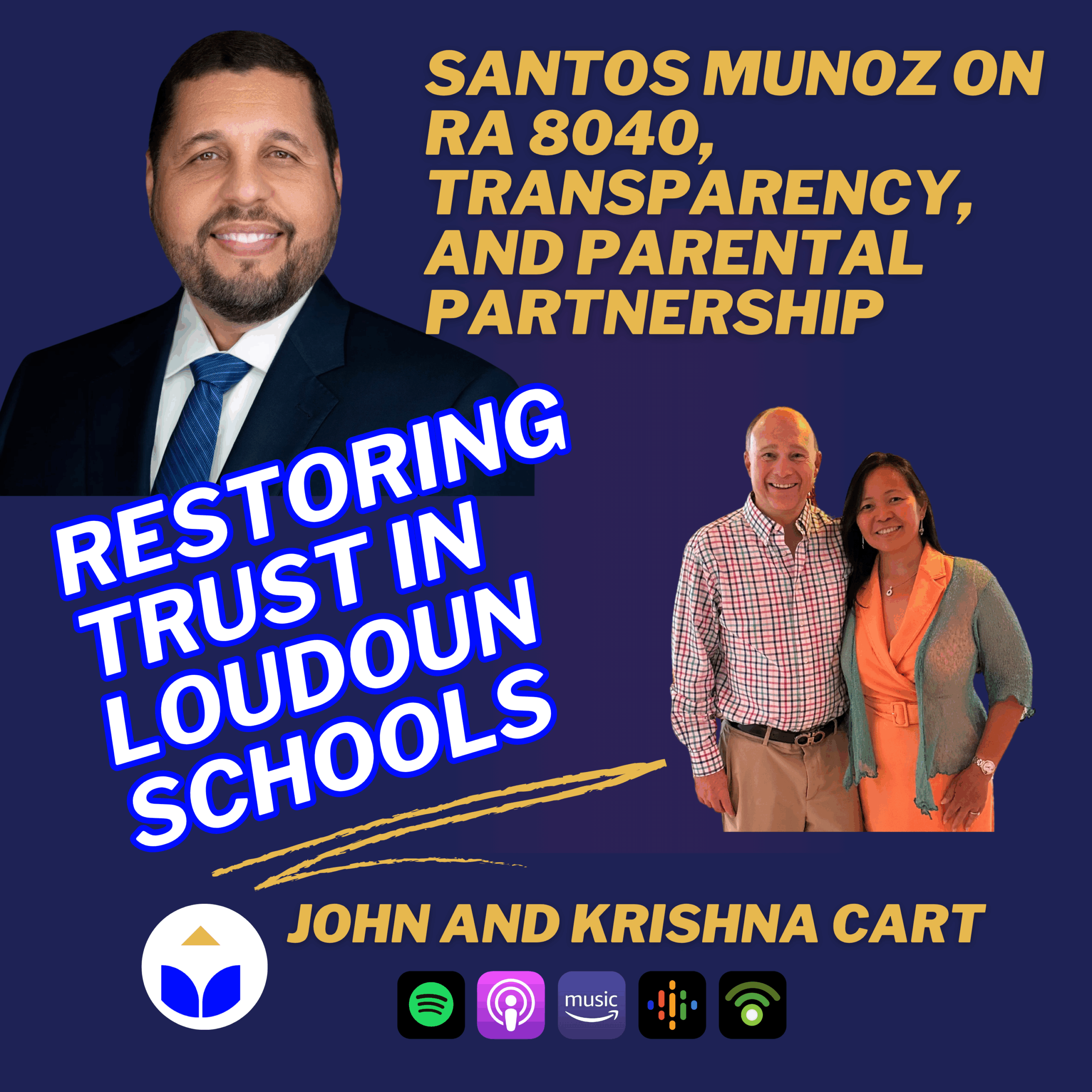Episode Transcript
[00:00:03] Speaker A: At the Masterpiece Academy, we understand that every child's journey to reading and writing success is unique.
Some students need that extra boost to reach their current grade level, while others may want to aim higher and advance past their grade level.
In a study conducted by professors from Texas A and M, George Washington and Stanford University, they found that 70% of students received one on one reading tutoring programs such as our services reach their target literacy level, whereas only 32% of students without tutoring were able to achieve the same.
Our approach sets your child up for success.
Our goal is to enhance your children's reading and writing abilities. Using our comprehensive and evidence based one on one tutoring, we provide a personalized learning experience tailored to your unique pace.
We employ a range of tests including level reading assessments, word study assessments, and guided writing assessments.
We keep track of your children's progress and based on our reports and assessments, we prepare our lesson plans accordingly to address their weaknesses and to prepare them for new challenges.
As your child climbs up the progress chart, we'll be right there with them. At the Masterpiece Academy, we are dedicated to helping your child excel and reach their goals.
Contact us today to start their journey to success.
[00:01:59] Speaker B: Foreign.
[00:02:06] Speaker C: Welcome back to Learning by Design, the podcast that brings clarity, strategy and evidence based insight into what works for student growth. I'm your host Krishna Kart and today we're diving into the core of academic success literacy. So reading and writing skills remain the single strongest predictor of academic achievement. According to a report by the NAEP, or National Assessment of Educational Progress, only about 33% of fourth graders and about 31% of eighth graders read at or above grade level. And a national survey by teacher created materials. One of the biggest publishers from the 2024-2025 school year found that over half of educators say at least one in four students requires reading intervention.
Yet more than 60% of those students receive less than 45 minutes of support per week. And that's where I recommend. At the Masterpiece Academy, we've developed a reading and writing lab that provides students with precisely what they need structured, evidence based and consistent literacy instruction that progresses from foundational skills to to full expression. So today I'll walk you through how our model works, the research behind every component, and why this format is making a difference for all learners at all levels. Okay, so we're going to talk about why a structured literacy routine matters. We believe in being intentional with every minute of learning. That's why our routine is not random. It follows what the Science of Reading the International Literacy association, or ILA and some other AERA journals Degree are the core components of literacy development. Some of these are phonological and morphological awareness and phonics instruction, vocabulary acquisition, fluency, comprehension strategies and obviously writing. Reading and writing needs to be taught together. Reading, writing and listening. And more importantly, these skills must be explicitly taught and regularly practiced. So each session gives students what typical classroom instruction models don't enough time to learn, apply, and reflect. So this is how our routine works and how it's backed by research. Okay, so let's break it down. So the first component is the word study. The Word Study this is where we build decoding and vocabulary through affixes, roots and morphology. Students engage with parts of words like prefixes and suffixes to decode meaning and strengthen the recognition of unfamiliar vocabulary. This is also where we introduce and reinforce phonics and phonemic awareness. Especially for younger students in grades K to 2. They work on sound, letter correspondences, blending, segmenting and manipulating sounds. Those are the critical foundations for reading fluency. Use a variety of structured research based activities modeled on Jan Richardson's approach in the next steps in guided reading. These include picture sorts for consonants, vowels, digraphs and blends, sound boxes and on site trying breakdowns to support phonemic segmentation, making words using guided substitutions, changing one sound or letter at a time, analogy charts and T charts to build pattern recognition and decoding fluency. So these multisensory strategies enable students to connect sound, print and meaning, thereby increasing their confidence in word recognition. It's also backed by research. Morphological instruction enhances reading comprehension and vocabulary, especially in grades three to eight. The ILA and meta analysis from reading research journals confirm that students gain a deeper understanding when they recognize word patterns and meaning. Parts John Richardson's word Study Approach Grounded Richardson's word study approach, grounded in developmental stages of reading provides a scaffolded and responsive method for differentiated instruction.
Allington as you all know, Richard Allington also emphasized that phonics instruction, especially when combined with connected reading and writing, significantly boost literacy outcomes in early readers.
Well, so students okay. Students engage with parts of words like prefixes. So we use a variety of structured research based activities modeled on John Richardson's next steps. Morphological instruction enhances reading comprehension and vocabulary, especially in grades three to eight. The ILA and meta analysis from several reading research journals confirm that students gain deeper understanding when they recognize word patterns and meaning. Parts. Okay, so let's move on now to guided reading. Guided reading is a teacher led small group reading time. It's a text so this aligns With Arlington's emphasis. As you all know, Richard Allington is one of the scholars literacy scholars. Allington's emphasis on ensuring that students struggling readers spend instructional time engaged in text they can read with 98% or higher accuracy. He argues that many reading programs fail because students are routinely given text far too difficult for the reading level, which undermines fluency and comprehension. While it's backed by research, guided reading with folded discussion boost comprehension, especially when paired with teacher questioning and peer talk.
Majority of the journals academic journals, you know, majority of the academic journals support this. They identified this method as one of the most effective formats for students for readers at all levels.
Arlington further supports this by showing that matching text to readers independent reading level results in greater engagement, fewer errors and better reading outcomes. So students read level text chosen for their skill range and are coached through comprehension, fluency and analysis. And teachers scaffold different concepts, difficult concepts, prompt discussions and help students connect ideas across the text. Next, let's move on to comprehension strategy and vocabulary unpacking. So in this segment students are taught specific comprehension strategy such as summarizing, inferencing or identifying the main idea and apply it immediately. We also unpack tier 2 and tier 3 words to deepen understanding of academic and domain specific vocabulary. Again, this is backed by research. The Scarborough Reading Rule Framework emphasizes that language comprehension strands, vocabulary background knowledge and verbal reasoning must be explicitly taught.
The next component is the writing mini lesson and the writing mini lesson is a brief targeted session focused on one specific element of writing like transition topic, sentences, supporting evidence or organizations. So we use modeled writing and real examples to teach the concept clearly. And again, it's backed by research. One of the research by Graham and Perrin found that explicit instruction in writing strategy is among the most powerful tools for improving student composition, especially when paired with modeling and guided practice. And that's what we do in most of our classes like Academies of Loudoun Writing Workshop and TJ Student Portrait Sheet Writing Workshop and in essays and SAT essays. Okay, so and then we also have the guided writing. In this component, students apply the day's writing concept in a short constructed response. They might write a response to a prompt. They might develop a paragraph or revise a draft. And then teachers provide feedback and support during writing to guide growth and build independence. And this type of component, this approach is backed by research. Frequent low stakes writing, even in short bursts, increases fluency, confidence and transfers of skills. According to the Journal of Literacy Research, writing and reading outcomes are tightly linked. So we always have to teach it together and then the Last component obviously is the wrap up and the independent reading assignment. To close the session, we recap the key takeaways, set goals for the week and assign an independent literacy task such as reading fluency practice, vocabulary review or comprehension questions using both printed and online tools that we have. And again, this is backed by research. Metacognition and self reflection increase student ownership. Teachers rank delivery method and time dedicated to each student as the top drivers of learning gains in the teacher created materials study. Allington also argued that one of the most powerful literacy strategies is giving students more time to read and reflect on their reading. So our wrap up ensures that students not only learn new skills but also think about how they apply them and set goals to improve. Yeah, so you can look at all of those research, especially Richard Allington. He is one of the most respected scholars in the field of literacy.
So metacognition and self reflection increase student ownership and you can see that in majority of the sources. Okay, so we have the one year round structure. So we operate on a year round trimester schedule and then by demand we offer summer this time. So our format is designed so we we have summer, all winter and spring. And our format is designed to accommodate both school year and seasonal needs with options for after school or daytime learning depending on the trimester. So rather than going through the full schedule here, so I why don't you just visit our website for all the details including our trimester calendar and all the schedule in our landing page so you'll find a complete breakdown of session times, the roof team, the age group and all the schedule, offerings and tuitions information on our website. And I believe it is in this down here below or you can scan the QR code. Okay, so this is basically why families choose us. Here's what we hear all the time. Like you know, my child finally understands what they're reading. They used to dread writing, now they're excited to share and we're seeing progress every week. Okay, so even with my two sons, when they first came they had difficulty with literacy, with reading comprehension and writing. But then you know, of course I was able to guide them all throughout. So my success is, you know, is backed up by as a parent and as a teacher. So this is not tutoring as usual. It's a carefully built system that meets kids where they are and takes them further. Small group sizes consistent and research based methods distinguish our lab and for families enrolled in LUOA or Liberty University Online Academy through our masterpiece affiliation. There's more good news. Students who enroll with us full time either in person, online, or through our enhanced Hybrid option. Gain access to the reading and writing lab during school hours so it becomes a seamless part of their learning day, not an add on. This integration means students benefit from targeted literacy support without sacrificing time from course subjects, something few programs can offer. So now I encourage you to enroll. If you want your child to build real, lasting literacy skills, don't wait. Visit us on our website, you can view the schedules, you can learn more about our approach and secure a spot. Because our space is limited, we only offer it to small group of students. And thanks for tuning into Learning by Design. Make sure to read the blog that accompanies this podcast because we always put something for parents and teachers. We always have some infographic there and extra resources that you can use. Share this episode with a parent or educator who wants more for their student and as always, keep learning, keep building and keep believing in what's possible. Thank you so much for tuning in and I'm your host Krishna Card and stay tuned until next time. Bye for now.


